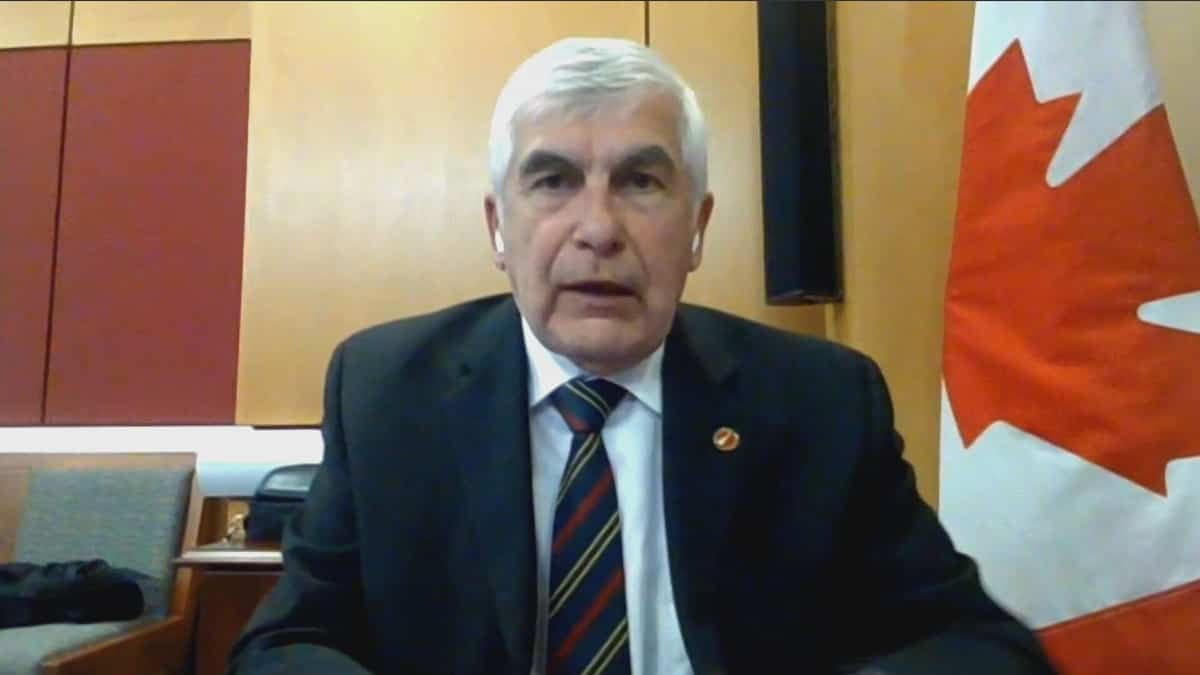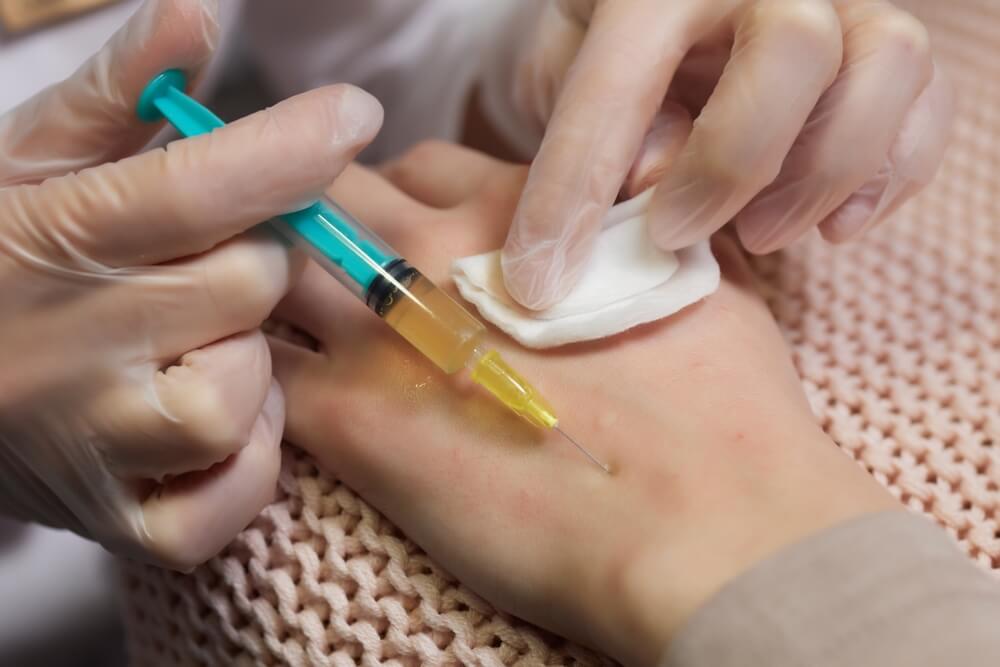At its core, regenerative medicine aims to restore damaged tissue using unaltered tissue from the patient's own body.
A revolutionary process that involves harnessing the body's components to regenerate cells damaged by time or disease, allowing healthy tissue to be rebuilt.
This specialty originated mainly from plastic surgery, and developed from the first liposuction trials in the 1980s. The use of collected adipose tissue led to targeted therapies, gradually revealing the existence of stem cells derived from adipocytes.
These cells have a remarkable ability to restore lost functions in various organs and anatomical sites.
“Anti-aging” doctors have also discovered implications such as PRP (platelet rich plasma) to improve healing and tissue quality. Despite controversies regarding the legality of platelet-rich plasma therapy in France, research has made significant progress, providing an in-depth understanding of regenerative mechanisms.
The use of a patient's own cells and tissues, treated with specific procedures, has emerged as a common practice.
Indeed, fatty tissue has many advantages, says Dr. Alexis Verbaile, a plastic surgeon: “ Fat is a treasure for restoring volume against the signs of aging. Nanolipids are a mechanical method to concentrate and isolate regenerative cells from tissues. This very young specialty will see many new developments and developments in the coming years. “.
However, challenges remain, especially regarding lipid enrichment methods for regenerative cells, which involve variable costs.
Beyond fats, the discovery of exosomes, the messengers between cells, has given rise to a new emergence
Dimension of regenerative medicine. Although this approach is novel, it shows promising potential in directly influencing cellular behavior to promote regeneration. However, the use of exosomes from embryos raises ethical questions and debates are likely to continue.
Another currently emerging approach is the use of exosomes of plant or animal origin, called hyperosomes, outside the regulated medical setting, especially in cosmetics.
These nanoparticles go beyond the cellular boundaries of the skin, opening new possibilities in the aesthetic field.
However, these lines of research offer promising prospects, as evidenced by Dr. Michael Gould, a dermatologist: “ Exosomes are very powerful communication cells and the aesthetic world is currently spending a lot of time trying to understand them. In the United States, their injection is prohibited. But this is possible in other countries and scientific knowledge about it is still developing. “.
The initial application of regenerative medicine in breast reconstruction, as early as 1998, was a major milestone. Over time, its use has expanded to include areas such as radiation therapy, chemotherapy, and even anti-aging medicine.
As Dr. Achima Swanchinda, a dermatologist, summarizes: “ Although still in its infancy, regenerative medicine is a field that is still evolving with ongoing research and ethical challenges, yet it offers tremendous promise for the future of aesthetics.
As research advances and technology develops, we can expect to see more innovative and effective treatments emerge. “.
Looking to the future, the development of regenerative medicine looks promising. Genetic analysis should play a leading role, allowing a proactive approach based on the individual genetic profile. However, it is crucial to maintain ethical vigilance as we embrace technological advancement.

“Music guru. Incurable web practitioner. Thinker. Lifelong zombie junkie. Tv buff. Typical organizer. Evil beer scholar.”







More Stories
European Space Agency – Space for Kids
Artificial intelligence and science, cross-pollination
Explore space with stickers!